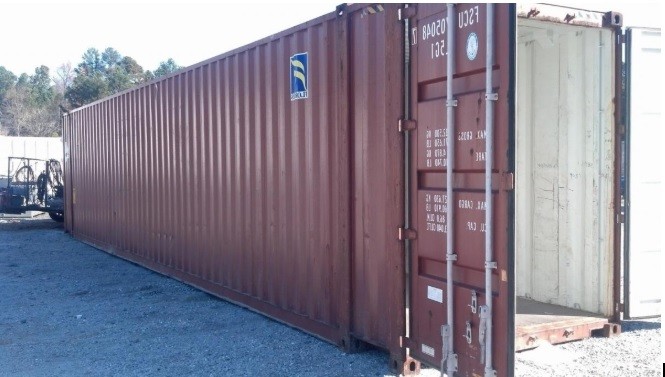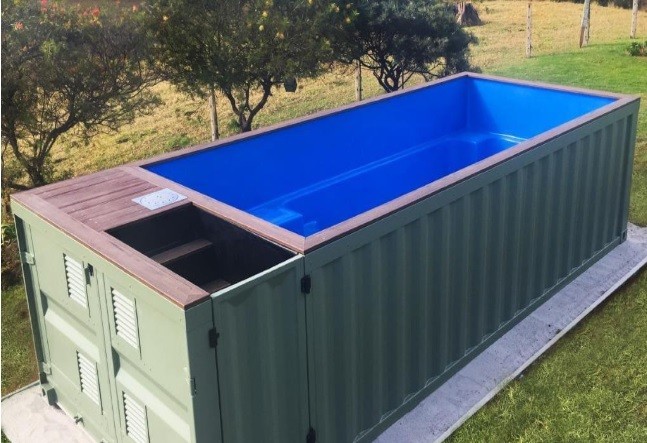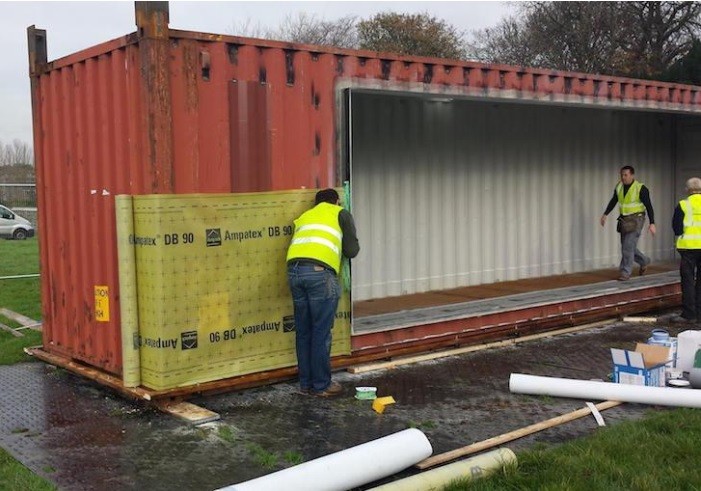Buying Guide for Shipping Containers on Sale – Pricing of Shipping Container
Shipping containers otherwise called Conex boxes, ISO containers, cargo compartments, multi-purpose compartments, high-cube units, storage units, or ocean jars), are made from industrial steel and provide brief storage room to both business and private needs.

Who uses shipping containers?
Individuals or companies buy or rent this unit to meet their storage needs. Here are a few examples of industries:
• Agriculture – hardware for cultivation, supplies, and apparatus
• Business – records and reports
• Construction – hardware, supplies, apparatus, impermanent office space
• Domestic – family belongings, apparatuses, supplies, decorations, durable things
• Education – sports gear, records, and archives
• Government – security workplaces, disaster alleviation, army supplies, transient safe houses
• Medical – supplies and gadgets
• Retail – occasional stock
What are my options?
With regards to containers, you can find them in different features, color, and sizes. Simply remember that the more changes you make, the higher your bill will be.
• Dimensions (width and height)
Standard transportation units come in similar dimensions: 8 ft width x 8 ft 6 in height. A few providers offer an additional size choice that is generally 10 ft in width. A ‘high-cube’ shipping boxes come in height of 9 ft 6 in. Click here to read more.
• Length
The most widely recognized dispatching compartment have lengths of 20 ft or 40 ft. You can likewise discover shipping compartments with custom lengths varying from 10 ft to 45 ft. Length will fluctuate based on the provider.
To meet your length requirement, a few dealers can cut or weld together used containers.
• Locking mechanism
Another factor to think about with regards to security is the nature of the mechanism for locking. A few locks are superior to others. Commonly, the sturdier the bolt, the more it will dissuade hoodlums from endeavoring to break into your space. Some providers offer a top-notch locking system that is incorporated with the majority of their convenient compartments. Different providers offer pole bolts or lock hasps for an extra expense. But if your property is exceptionally secure, you will not have to spend cash on the best locks. However, an insecure environment merits the expense on premium locks.
You should consider adding metal bars to windows that they are present on your compact to hinder criminals. Numerous organizations use storage boxes to store significant tools, machines, and materials on their premises. If those things get stolen, it can mean an enormous financial misfortune – not exclusively to buy new machines but to also cover lost time at work.

• Quality
Not all compartments are made to be equivalent. It is imperative to outwardly review the capacity holder before acquiring it. Now and then, movable compartments get broken in transport or get corroded. A couple of scratches or rust does not really influence the usefulness of a capacity holder, however, it is critical to focus on the state of the unit and discover its history before reaching an agreement with the seller.
• Custom Features
Numerous providers offer ‘additional items’ or other modified features. The most widely recognized adjustments include Locking system, Partitions, Size, Doors, Roofing, Color, Windows and so forth.
Check with different suppliers if you are searching for explicit features in a storage unit or boxes. A few features are just available when you are buying shipping containers online. Some additional items are constrained to a specific container size or width. Make sure to ask which features can be added to the portable unit before you sign an agreement.
How much does a shipping container cost?
The price of a container varies depending on the accompanying components:• Availability
• Delivery Fee
• Features
• Size
• State
• Supplier
• Time of life
The state of the transportation compartment is normally the weightiest factor. New containers may have more damage than a second-hand compartment; it just relies upon how the unit has been utilized and the conditions it has been in.
The Pros and Cons of Buying a Shipping Container
Pros:
• Options – Many units available for sale comes with more extensive custom features than rented ones.
• Investment – There is the possibility to save money in the long run which you would have spent on renting it. You are also free to sell it when you are done using it.
• Ownership – You completely own it so you can keep it on site for storage for a long time.
Cons:
• Responsibility – If your storage unit is harmed, destroyed or broken into, you are without anyone else to cover any repair expenses. Discover what the supplier’s duty is versus yours before you sign any agreement.
• Expensive – The price of a standard 20-foot unit ranges between 3,000 to 5,000 dollars, based on whether you purchase it as new or second-hand.
• Legwork – Just because a cornet box cost more does not necessarily mean that it has higher quality. It is critical to discover how it was formerly used and its storage conditions.
• Hassle – Let us face it, a shipping container is large in size and not every person would love to stress about the transportation stress of this large steel box. Not to mention how to maintain it if it will be sitting outside in harsh weathers. What occurs when you choose you needn’t bother with it any longer? You are in charge of moving it and having it evacuated.

What factors should I consider when choosing a supplier?
Before resolving to purchase a storage compartment from a seller, it is useful to make a couple of essential investigations. Read more here: http://wiredspace.wits.ac.za/. Gather this info ahead of time so you just have to ask them and compare their answers to what you have noted down. This will save you time and money.
Options:
• Do you lease and sell shipping containers/units?
• Are the units new or second-hand?
• What are the dimensions of the ones in stock?
• What extra features can you provide?
• Which features are available if I am renting vs purchasing?
• Do these features change according to the container size?
• What feature would you suggest based on my business requirements? Why?
Quality
• Where do the containers come from?
• How old are the second-hand ones?
• What factors influence the cost?
• Can I visit your port to do a visual inspection before buying? If not, would I be able to get photos showing the whole structure including the interior and roof?
• How long did the previous owner use it?
• What is the mileage of the unit?
• Has there been any harm to the Conex box (in transport, climate, or freight spills)?
• Where has the used shipping compartment lived and in what sort of weather?
• Is there any visual harm to the unit – holes, rust, and dents?
• Do you have a duplicate of the marine surveyor records?
Expense
• Is the delivery cost part of the final price? If not, do you charge per radius or mile?
• Do I need to pay for permits?
• Do you provide a one-year guarantee or a risk waiver?
Client Service
• What are your business hours during the week and weekends?
• What occurs if there is a crisis (burglary, spoilt HVAC, damage)?
• When I call, do I connect to a voicemail or with a customer service agent?
• What number of various individuals will I communicate with after placing order till I receive the unit?
• What is your duty versus mine with regards to site prep, licenses, delivery and liability?
In conclusion, if you have finally decided on which supplier to buy from, feel free to ask for discounts and cut costs by removing unnecessary custom features like color and other